Examining the effects of traffic on avian and wildlife populations
The effects of congestion on animal behavior, specifically birds, can have short- and long-term impacts that may not be immediately apparent. Improved transportation systems may have an unintended negative impact on multiple species of animals and in particular birds.
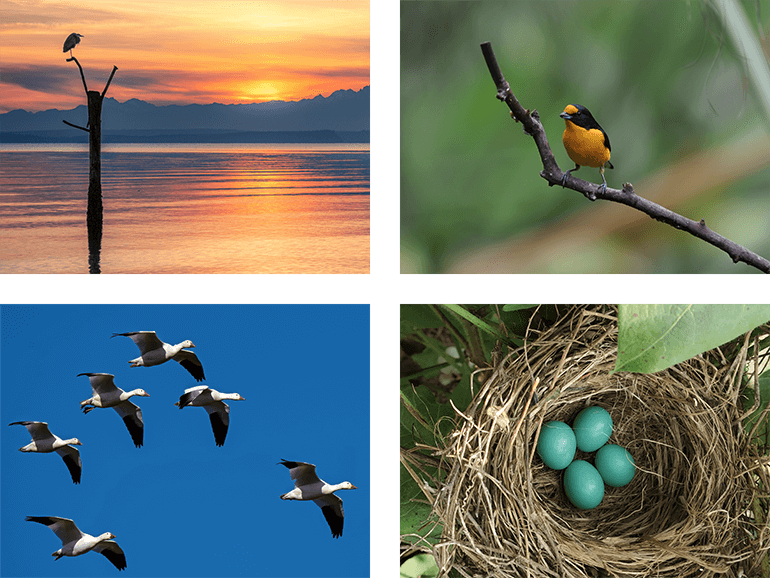
Identifying and analyzing congestion
The NTDAS data can characterize congestion over a large region, which is visually illustrated using Philadelphia, PA, as an example. This data is a way to measure the hourly congestion changes within an entire region. In addition to analyzing a region at this level, additional tools can be developed for specific communities or corridors, where the raw data can be further analyzed.
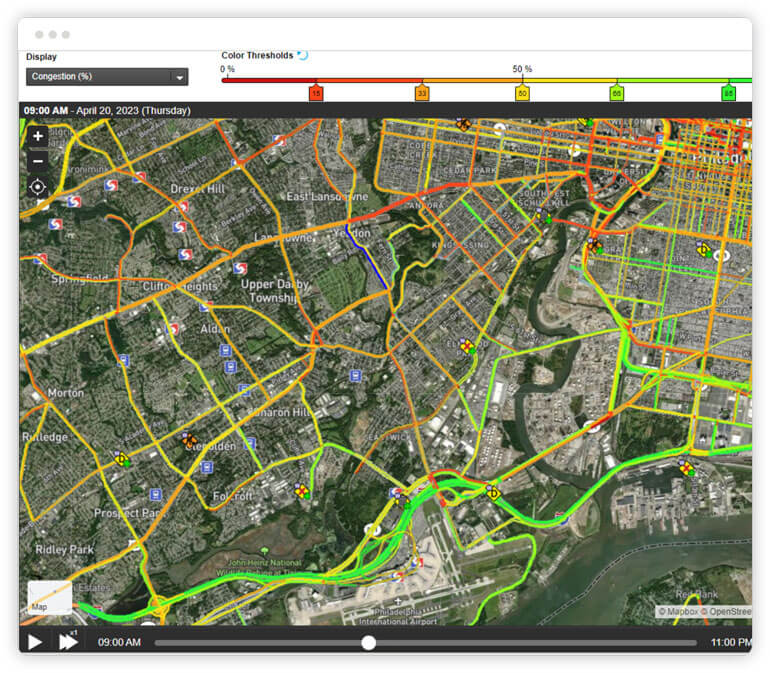
Pairing with non-NTDAS bird nesting data
When paired with non-NTDAS data, like NestWatch, we can see bird nesting locations in Philadelphia, PA. Comparing this data with the information in the example above, an analyst can begin to identify areas where there may be a greater need to mitigate negative transportation interactions with nesting birds.
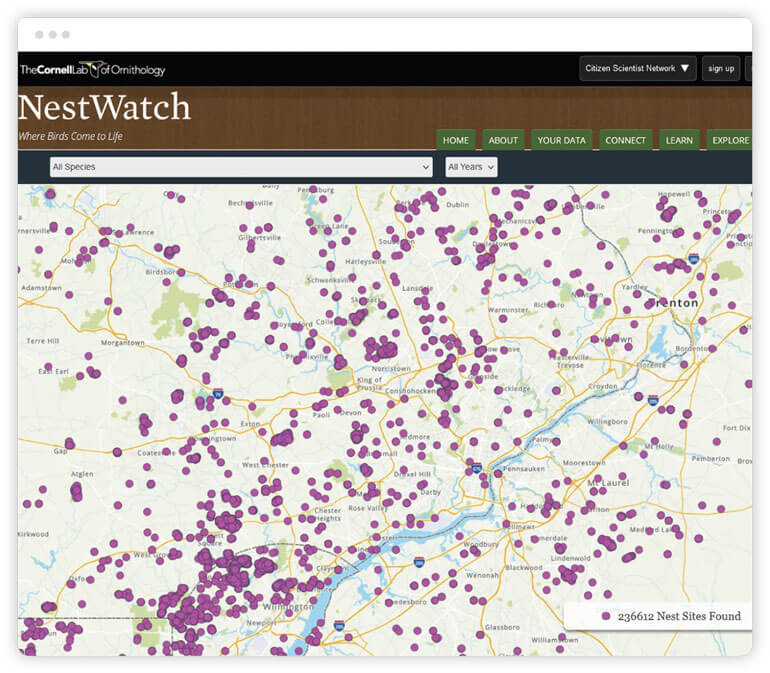
In combination with known habitat information, The National Transportation Data & Analytics Solution (NTDAS) can be used to develop metrics to measure changes in animal behavior as a function of congestion or the implementation of alternative forms of transportation.
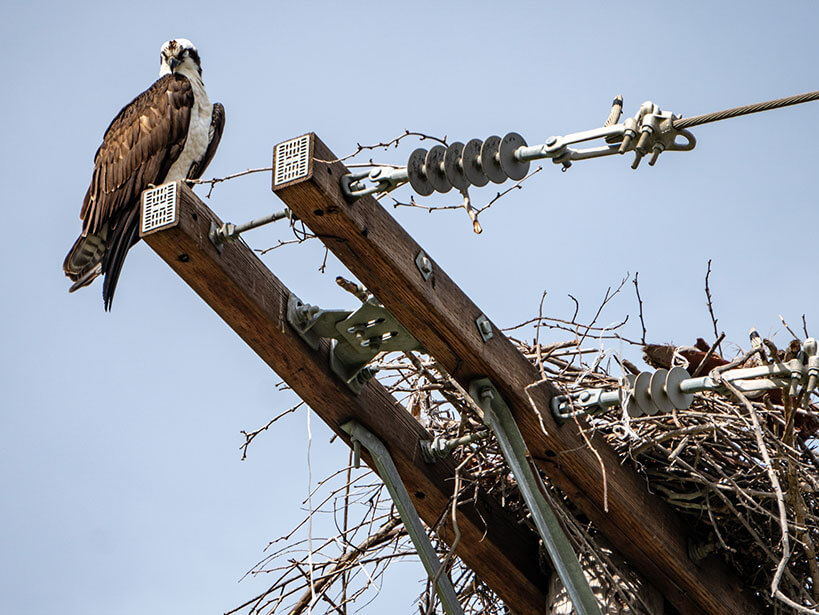
Relevant roles:
- University faculty, including leads of the department of engineering, environmental sciences and other domains to enable their department stakeholders leverage NTDAS for both academic and teaching purposes.
- University researcher, including and not limited to research staff, specialists, engineers and multi/trans disciplinary researchers who seek new avenues for
advancing and augmenting their research. - Students, at all levels of study in higher education—whether it is an undergraduate trying to apply data to their senior project or a master’s candidate leveraging it for their thesis. Several doctoral candidates have also used the data for their research. Students can benefit immensely from classroom applications—using it for team/capstone projects and so on.
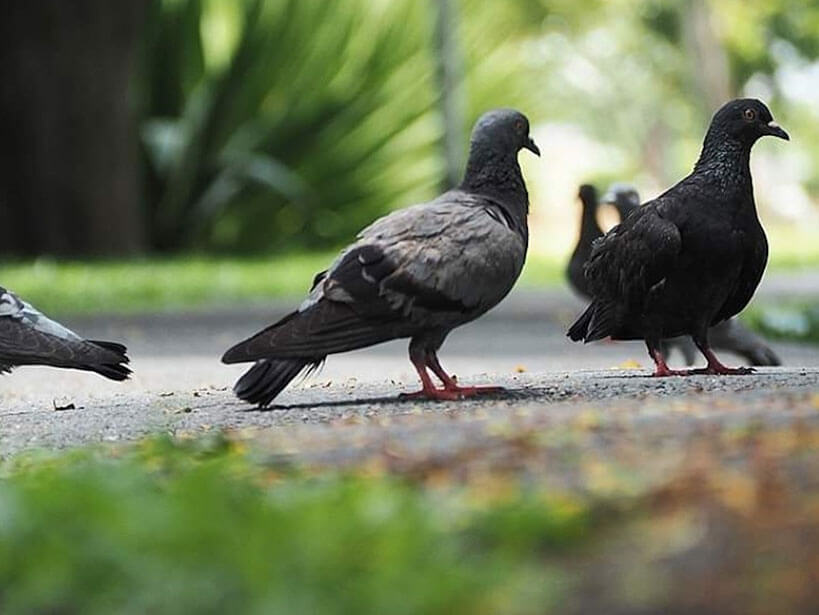
Relevant industries:
- Engineering
- Civil
- Transportation
- Environmental
- Geography and Environmental Sciences
- Urban Planning
- Sustainability
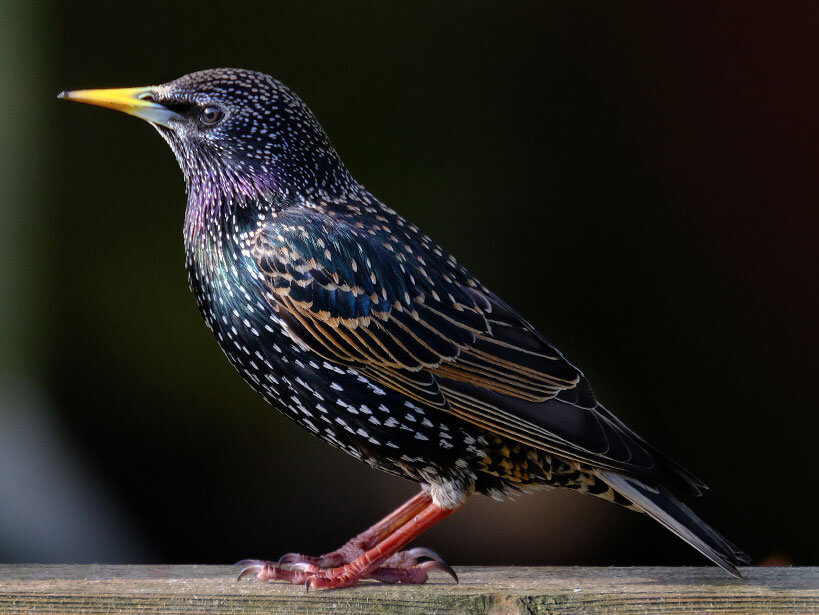
Potential uses:
- Investigating environmental problem areas close to bird nesting areas
- Investigating the effects of noise on bird nesting/migration patterns
- Studies on road construction near bird populations


